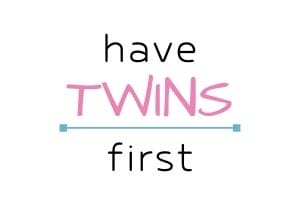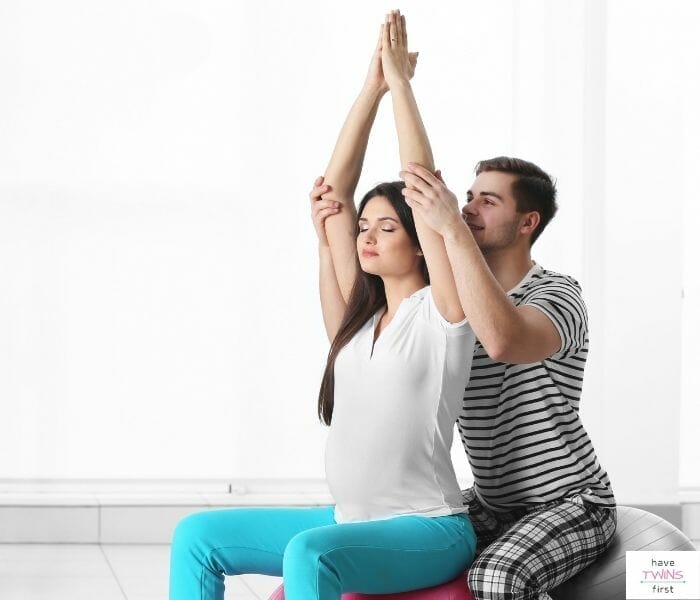Welcoming a newborn to this world is not only about all those sleepless nights and endless feedings. There are also so many small decisions you don’t even realize you have to make. These decisions can seem minor, but some of them have big impacts on your child’s safety and comfort.
One such small, but very important thing to decide is when to lower the crib mattress.
Cribs available these days have adjustable mattress heights, but when do you actually lower it to the middle position? When should you lower it all the way down?
In this article, we’ll explore the factors to consider while deciding to lower the crib mattress and how to lower it.
Why Is It Important To Lower a Crib Mattress?
It is important to lower the crib mattress as your baby grows to keep them safe from falling and climbing out of the crib. By ensuring the proper height of the crib mattress, parents can provide a safe sleeping space for their baby while getting peace of mind for themselves.
Other than this, lowering a crib mattress has other benefits as well, including the following:
- Convenience – Initially, it’s easier to put an infant in a crib when the height of the crib is set to its maximum. But as a babies grow into toddlers, it becomes easier to put them in a crib at a lower height.
- Independence – As you lower the mattress height your little one might start practicing basic skills like pulling themselves up and standing up.
When Will You Start Lowering The Crib?
The best time to start lowering the crib depends upon the developmental phase of your child. You should consider lowering the crib mattress when your baby shows signs of rolling over or pulling herself up.
There is no specific timeframe as each child grows differently. But typically rolling over happens around 4-6 months of age, and pulling up to stand happens at 9-12 months.
It’s crucial to assess your baby’s development and change the crib mattress position based on this. It is also very important to follow the crib manufacturer’s guidelines.
Now let’s review when you will lower the crib to the middle and when you will lower it all the way down.
Halfway Down
At around 8 months of age, little ones typically start to pull themselves up to standing position. That is when you should consider lowering the crib halfway down.
At this stage, your baby may try to climb up the crib railing and may fall down. So lowering the crib halfway down will keep them safe.
All The Way Down
When your baby is able to stand up independently and have enough strength to pull themselves up on the crib railing, this is generally the best time to lower the crib all the way down. Typically, this happens after a child is 1-year-old.
When you notice that your child is trying to climb up the crib railing or trying to get out of the crib, you should consider lowering the crib all the way down to keep your child safe.
How To Lower a Crib Mattress
Lowering a crib mattress might seem like a difficult process, but it actually isn’t. You can easily do it by yourself in under 10 minutes.
Here’s step-by-step instructions for lowering a crib mattress:
- Review the instruction manual from the crib manufacturer. You will find the most helpful information there. If you lost the manual, you can check the manufacturer’s website for it.
- Remove all the bedding from the crib, including the mattress and other accessories.
- Locate the mattress support platform. Typically, it’s made up of metal or wood.
- There will be 4 screws on each corner of the platform. Remove the screws and keep them in a safe place.
- Take out the mattress support platform. You’ll see hooks, railings, or brackets that support the platform.
- Adjust the hooks, railings, or brackets to your desired height. Ensure that they are not loose and are securely tightened to the new position.
- Put the mattress support platform back in again and tighten it with the screws you first removed. Ensure that all the components are securely attached.
- Double check the stability of the mattress support platform. Gently shake the crib or the platform to see if there are any loose parts or panels.
- Put the mattress and all other accessories back in the crib. The bedding should be fitted and free from any potential hazards.
Now that your crib’s mattress height is lowered, your baby will be exposed to a new part of the crib railing. Double check this area. Ensure that there are no sharp edges or broken parts that could be dangerous for your child.
Before we move on, remember that following the manufacturer’s guidelines is very important for the sake of your child’s safety. Regularly inspect the crib for wear and tear and potential safety concerns.
When Is It Appropriate Move a Crib Mattress To The Floor?
Some parents choose to move the crib mattress to the floor. This can be an appropriate choice in some situations. Let’s review them.
Child Very Active & Mobile
If a toddler is very active and often tries to get out of the crib, it might be a better option to move the crib mattress to the floor or lower it to ground level to keep the child safe.
Transitioning From Crib To Bed
When you transition your child from a crib to a bed, you might consider moving the crib mattress to the floor before you introduce a new bed. This is a good option for a gradual transition.
Montessori-style Bed
As per the Montessori approach (and as discussed in our Montessori baby registry post), a child’s bed should have the freedom to explore their sleeping environment. Children should be able to get in and out of bed independently.
Parents who follow this approach, usually like to move the crib mattress to the floor. Please keep in mind though that moving the crib mattress to the floor might not be safe for a baby.
If your baby is mobile, you must ensure that there are no potential hazards, such as sharp objects, cords, or furniture that could pose a safety risk. The room should be child-proof and parents should continuously monitor the sleeping environment.
If you are interested in setting up a Montessori bed, you can read more here.

AAP Crib Safety Information
The American Academy of Pediatrics (AAP) and the United States Consumer Product Safety Commission (CPSC) both have guidelines for keeping a child safe while sleeping in a crib. Here’s the summary of best-recommended practices.
- The child should sleep in the parent’s room for the first 6 to 12 months. You can move the baby’s crib into your room.
- Get a crib that meets the safety standards of the Consumer Product Safety Commission (CPSC) and Juvenile Products Manufacturers Association (JPMA).
- All babies should sleep on their backs until they start to roll over by themselves.
- The crib mattress should be flat and firm.
- Use only fitted sheets in the crib.
- Do not place toys, pillows, blankets, or other objects in the crib. Any items present in the crib may increase the risk of SIDS.
- Do not use sleep positioners or bed bumpers.
- The crib mattress height should be as per the developmental stage of the baby.
- Only bring your baby into your own bed to feed or comfort. Return your baby to his or her own crib when you are ready to fall asleep.
- The crib should be correctly assembled and should not have loose parts.
When To Transition From Crib To Toddler Bed
There is no specific age when you should transition your little one from the crib to a toddler bed. The AAP recommends transitioning a child to a toddler bed once the crib railing is lower than your child’s chest. This usually happens between the ages of 2 and 3.5.
Every child is different, so you should consider the following things when deciding.
- Is your child is big compared to other kids of the same age? You can move to a toddler bed earlier.
- Can your child easily climb out of the crib? Consider moving to a toddler bed for safety reasons.
- Does your child like to be independent? If your little one wants to become more independent, you can train her to sleep in a toddler bed earlier.
- Do you have a new baby that could use the crib now?
- Consider the individual nature of your child, such as sleep pattern, mobility, and attitude.
Use your best judgment when deciding if you should move your little one from her crib to a bed.
Knowing when to lower the crib is important for your child’s safety.
Remember, lower the crib mattress height according to the developmental stage of the child. When your baby is able to roll over or pull up to standing, it’s time to lower the crib height to the medium level.
When your baby is able to stand on her own or climb over the railing, you should consider moving the crib mattress all the way down. Some people also like to move the crib mattress from the crib to the floor, especially those who follow a Montessori approach.
At the end of the day, the decision to lower the crib mattress will be your own personal choice based on what suits your child best and is safest for him or her.






